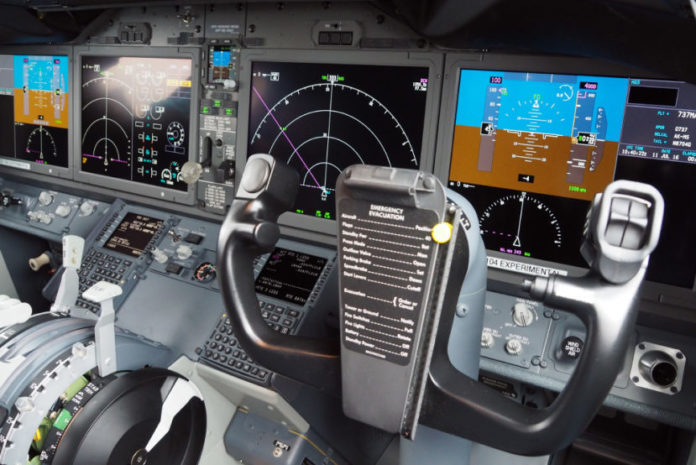Boeing has found potential electrical flaws in two additional areas of the 737 Max’s cockpit, a week after a similar manufacturing defect prompted a temporary flying halt for recently delivered jetliners, said people familiar with the matter.
The planemaker has inspected the Max’s flight deck for other electrical faults near the flaw revealed last week with the plane’s standby power-control unit, and is crafting plans for repairs. The maintenance isn’t expected to be time-consuming or complicated, requiring only basic hardware such as nuts and bolts, according to a Max customer briefed by Boeing.
Still, the discovery of new problems adds to the embarrassment for Boeing, which is trying to engineer a smooth return for the Max after a 20-month grounding forced by two deadly crashes. The electrical issue potentially affects about 450 Max jets manufactured since early 2019, including about 90 aircraft operated by airlines with the rest still awaiting delivery.
The work should take a few days for each airplane once Boeing and the U.S. Federal Aviation Administration have an action plan, said one of the people, who asked not to be identified as the matter is confidential.
Boeing said it “is working with customers on service bulletins that will be submitted to the FAA for approval. The bulletins focus on ensuring a sufficient ground path in the flight deck of affected airplanes.”
The FAA hasn’t mandated any repairs yet while Boeing continues to assess the situation. “The FAA will thoroughly review any proposed fix that Boeing presents to us,” the agency said in an emailed statement.
Aviation Week reported earlier that the flaws were traced to a manufacturing change made in early 2019 that involves fasteners and a coating.
In some instances, coating such as paint may affect the electrical grounding path, causing a unit that controls backup power for the aircraft to malfunction, the people said.
The manufacturing change that led to the original problem was considered so minor that it didn’t require an FAA approval or a review by Boeing employees deputized as agency representatives, the regulator said.
Source: AirLive






